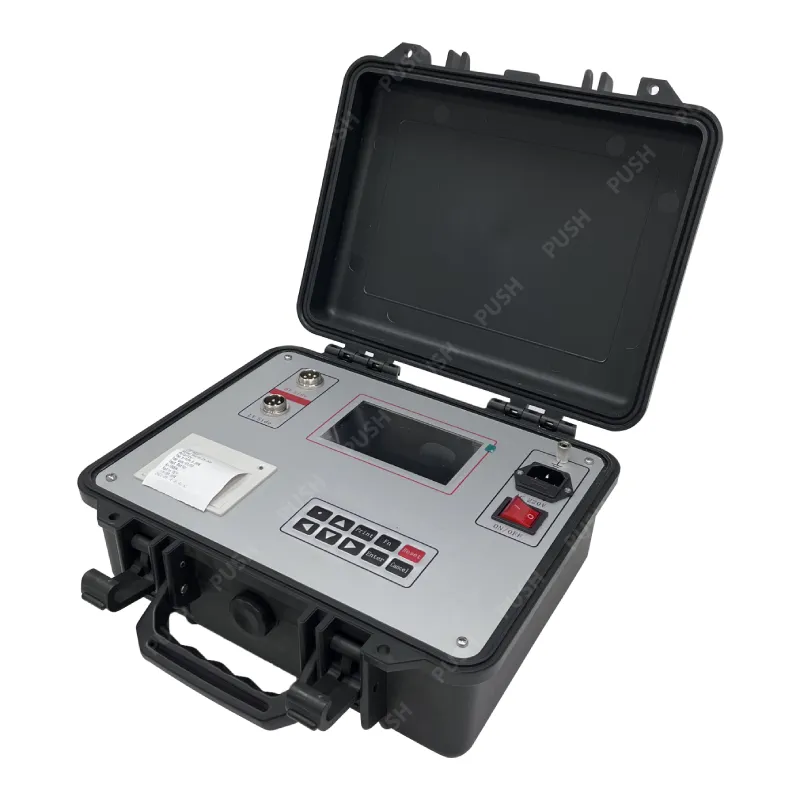 English
English



-
 Afrikaans
Afrikaans -
 Albanian
Albanian -
 Amharic
Amharic -
 Arabic
Arabic -
 Armenian
Armenian -
 Azerbaijani
Azerbaijani -
 Basque
Basque -
 Belarusian
Belarusian -
 Bengali
Bengali -
 Bosnian
Bosnian -
 Bulgarian
Bulgarian -
 Catalan
Catalan -
 Cebuano
Cebuano -
 China
China -
 China (Taiwan)
China (Taiwan) -
 Corsican
Corsican -
 Croatian
Croatian -
 Czech
Czech -
 Danish
Danish -
 Dutch
Dutch -
 English
English -
 Esperanto
Esperanto -
 Estonian
Estonian -
 Finnish
Finnish -
 French
French -
 Frisian
Frisian -
 Galician
Galician -
 Georgian
Georgian -
 German
German -
 Greek
Greek -
 Gujarati
Gujarati -
 Haitian Creole
Haitian Creole -
 hausa
hausa -
 hawaiian
hawaiian -
 Hebrew
Hebrew -
 Hindi
Hindi -
 Miao
Miao -
 Hungarian
Hungarian -
 Icelandic
Icelandic -
 igbo
igbo -
 Indonesian
Indonesian -
 irish
irish -
 Italian
Italian -
 Japanese
Japanese -
 Javanese
Javanese -
 Kannada
Kannada -
 kazakh
kazakh -
 Khmer
Khmer -
 Rwandese
Rwandese -
 Korean
Korean -
 Kurdish
Kurdish -
 Kyrgyz
Kyrgyz -
 Lao
Lao -
 Latin
Latin -
 Latvian
Latvian -
 Lithuanian
Lithuanian -
 Luxembourgish
Luxembourgish -
 Macedonian
Macedonian -
 Malgashi
Malgashi -
 Malay
Malay -
 Malayalam
Malayalam -
 Maltese
Maltese -
 Maori
Maori -
 Marathi
Marathi -
 Mongolian
Mongolian -
 Myanmar
Myanmar -
 Nepali
Nepali -
 Norwegian
Norwegian -
 Norwegian
Norwegian -
 Occitan
Occitan -
 Pashto
Pashto -
 Persian
Persian -
 Polish
Polish -
 Portuguese
Portuguese -
 Punjabi
Punjabi -
 Romanian
Romanian -
 Russian
Russian -
 Samoan
Samoan -
 Scottish Gaelic
Scottish Gaelic -
 Serbian
Serbian -
 Sesotho
Sesotho -
 Shona
Shona -
 Sindhi
Sindhi -
 Sinhala
Sinhala -
 Slovak
Slovak -
 Slovenian
Slovenian -
 Somali
Somali -
 Spanish
Spanish -
 Sundanese
Sundanese -
 Swahili
Swahili -
 Swedish
Swedish -
 Tagalog
Tagalog -
 Tajik
Tajik -
 Tamil
Tamil -
 Tatar
Tatar -
 Telugu
Telugu -
 Thai
Thai -
 Turkish
Turkish -
 Turkmen
Turkmen -
 Ukrainian
Ukrainian -
 Urdu
Urdu -
 Uighur
Uighur -
 Uzbek
Uzbek -
 Vietnamese
Vietnamese -
 Welsh
Welsh -
 Bantu
Bantu -
 Yiddish
Yiddish -
 Yoruba
Yoruba -
 Zulu
Zulu
gas liquid chromatography machine
Understanding Gas Liquid Chromatography Machines A Deep Dive into Analytical Chemistry
Gas liquid chromatography (GLC) is a powerful analytical technique widely utilized in chemical analysis and separation processes. It plays a crucial role in various industries, including pharmaceuticals, environmental monitoring, petroleum, and food safety. A key component of this method is the gas liquid chromatography machine, which allows for the precise separation and analysis of volatile compounds within complex mixtures.
At its core, gas liquid chromatography operates on the principle of partitioning, where a sample is vaporized and carried through a column coated with a liquid stationary phase by an inert carrier gas, typically helium or nitrogen. The interaction between the sample components and the stationary phase leads to a separation based on differing affinities, allowing the individual components to elute at different times, known as retention times.
The typical GLC machine consists of several essential components, including an injector, a column, a detector, and a data analysis system. The injector is responsible for introducing the liquid sample into the gas phase. It can be a split or splitless injector, depending on the sensitivity and concentration of the samples being analyzed.
The heart of the GLC machine is the chromatographic column. Columns can be packed or capillary, with the latter being more common in modern applications due to their efficiency and resolution. The choice of stationary phase is critical, as it impacts the separation quality. Different columns are available, catering to specific chemical properties, solvent interactions, and analytical requirements.
gas liquid chromatography machine

As the sample travels through the column, it gets separated into its individual components based on their boiling points and affinities for the stationary phase. This is where the magic of GLC takes place, enabling precise separation even in very complex mixtures.
Once the components exit the column, they enter the detector. Common detectors used in GLC include flame ionization detectors (FID), thermal conductivity detectors (TCD), and mass spectrometry (MS) interfaces. The FID is popular for its high sensitivity and ability to detect hydrocarbons, making it highly suitable for analyzing organic compounds. The selection of the detector depends on the type of analysis required and the chemical nature of the molecules of interest.
Data acquisition and analysis are critical aspects of the GLC process. Modern GLC machines come equipped with advanced software that facilitates real-time monitoring, data collection, and analysis. The output is displayed as a chromatogram, where each peak corresponds to a specific compound, allowing for qualitative and quantitative analysis. The area under each peak is proportional to the amount of the compound present, enabling researchers to determine concentrations accurately.
Challenging as it may be, gas liquid chromatography continues to evolve with advancements in technology. The integration of automated sample handling, enhanced column designs, and improvements in detector sensitivity are making GLC machines more efficient, reliable, and capable of handling increasingly complex analysis tasks.
In conclusion, gas liquid chromatography machines represent a vital tool in modern analytical chemistry. They enable the separation and analysis of volatile compounds with precision and efficiency, making them invaluable across various sectors. As technology progresses, the role of GLC in research and quality control will likely expand, continuing to provide insights into the complex world of chemical mixtures. Whether monitoring environmental pollutants or ensuring the purity of pharmaceutical products, GLC remains at the forefront of scientific investigation and industrial applications.
-
Testing Equipment Industry Sees Major Advancements in 2025: Smart & Precision Technologies Lead the WayNewsJun.06,2025
-
Applications of Direct Current Generators in Renewable Energy SystemsNewsJun.05,2025
-
Hipot Tester Calibration and Accuracy GuidelinesNewsJun.05,2025
-
Digital Circuit Breaker Analyzer Features and BenefitsNewsJun.05,2025
-
Benefits of Real-Time Power Quality Monitoring Devices for Industrial EfficiencyNewsJun.05,2025
-
Earth Fault Loop Testing in High-Rise Building Electrical SystemsNewsJun.05,2025



